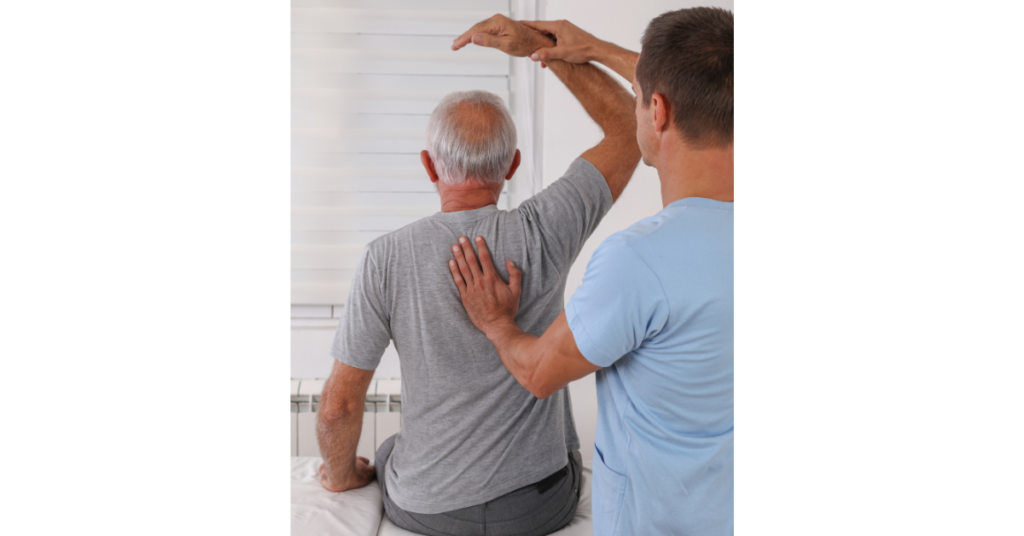Kinesiology
It is thought that the body ‘knows’ why it is ill, and that this knowledge can be tested through muscle resistance. Sensitivities to food and toxicity levels within the body can also be tested for.
This document provides general information of what to expect when you visit a therapist, and a general theory behind how the discipline works. It must be noted, however, that every therapist works in an individual way, and may subscribe to slightly different theories on how the discipline works. It is always advised that you ask to see relevant qualifications and discuss the treatment offered to you by the practitioner if you are in any doubt whatsoever.
What is kinesiology?
Applied kinesiologists believe that the whole body is connected via a complex network of pathways along which energy passes. The muscles, glands, organs, lymphatic, circulatory and nervous systems are all interconnected. Because of this interconnectedness it is believed that the weakness or strength of certain muscles corresponds to particular body systems. When illness, injury, or toxic overload occurs in any part of the body, the muscles have their energy circuit ‘turned off’. Muscles are in a constant state of relaxation or contraction, yet when a muscle is weak, its opposite muscle will become strained and tense in an effort to compensate for the weakened muscle. It is thought that by testing these muscles the practitioner is able to diagnose imbalances within the body.
Main Uses
Allergy testing, toxic overload assessment.
What to expect when you visit a therapist
You will be asked questions relating to your medical history and perhaps that of your immediate family. Lifestyle questions, such as stress levels, diet, exercise regimes, and sleep patterns will be asked to ensure that an holistic approach is taken as well as asking you, the patient, what expectations you have of the treatment.
You may be asked to remove outer clothing keeping your underwear on while lying on a couch. Therapists will use a large muscle to ‘test’ on, such as your biceps (in your arm) or your thigh muscle. They will hold your limb in a certain position and ask you to press against it. Your muscle may feel weak, and your limb may sag. If this is the case, the therapist will carry out further tests in order to find out what is what is causing the ‘weakness’. Foods or homeopathic substances, dilutions of chemicals, poisons, bacteria, viral infections, parasites, and various other things, all of which are contained within glass phials, will be placed on the body and used to test for toxicity and or allergy. Your muscles will be tested to determine which phial you react to. Therapists will possibly place a little of the substance you reacted to on your tongue in order to cross reference the ‘readout’. In between the tests on different substances they will ‘clear’ the body of the effects of the last substance by tapping your temples. You may also be asked to focus on certain thoughts and feelings while testing is being carried out on your muscles. None of these tests are invasive or hurt in any way. The number of sessions you will need depends on your condition
History (In Brief)
The US chiropractor, Dr George Goodheart, developed this discipline following a breakthrough when treating one of his chiropractic patients for a shoulder blade injury. He discovered that muscles could be treated by massaging other parts of the body that seemed unrelated. He came up with a theory of energy circuits that travelled round the body, similar to the Chinese meridian points, and further incorporated joint manipulation and nutritional advice, along with various acupoints that would benefit the whole person if stimulated through pressure.
The International College of Applied Kinesiology was founded in 1974 with centres now around the world including the UK, Canada, and Australia.


